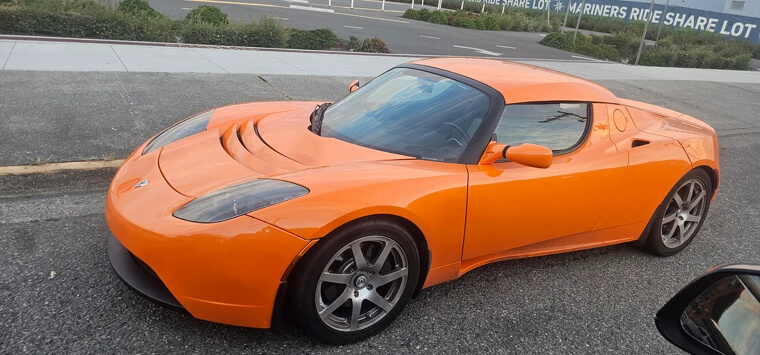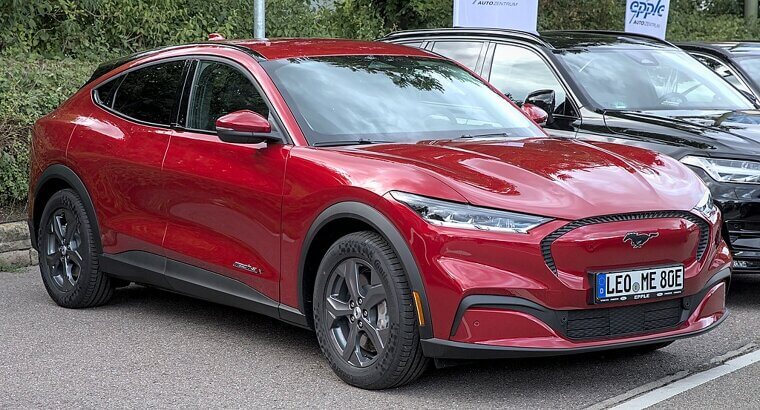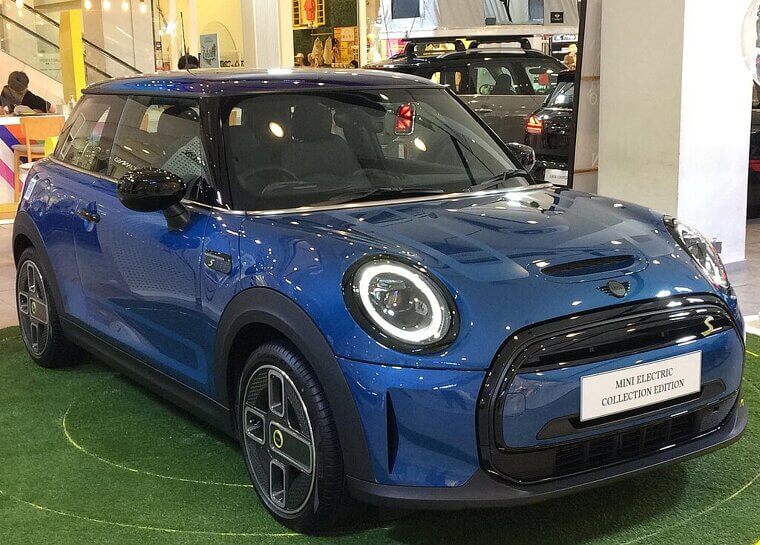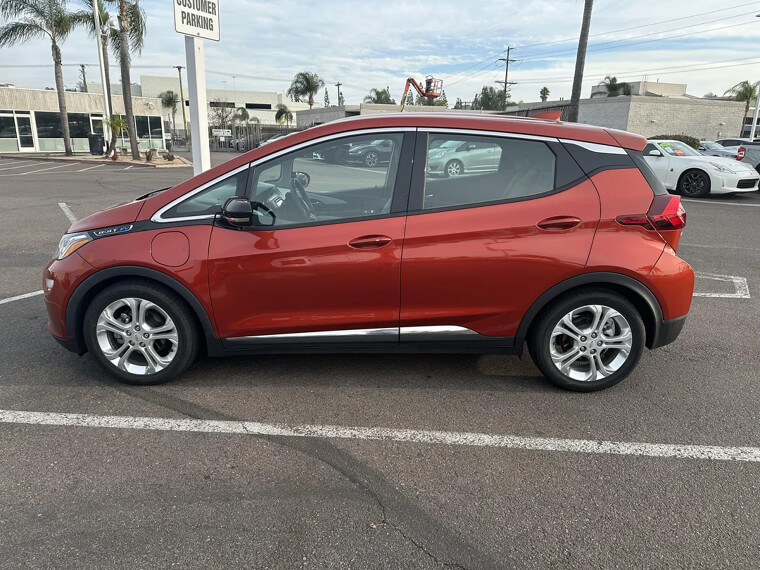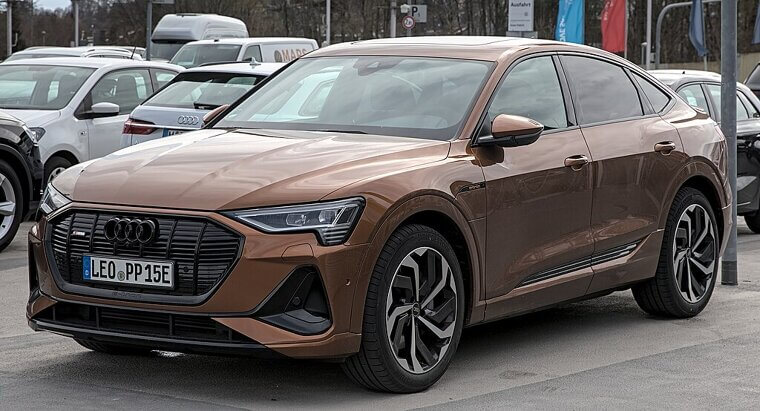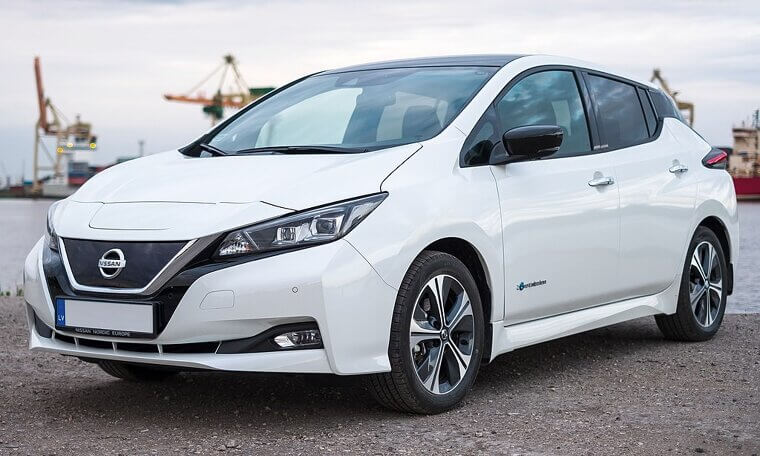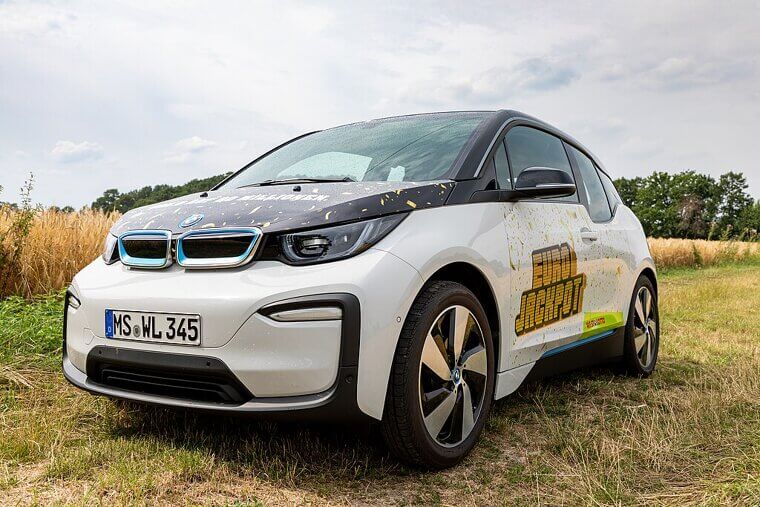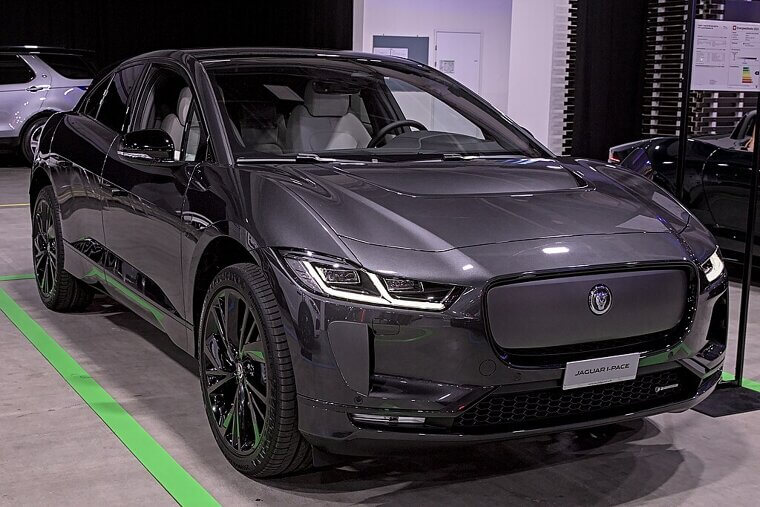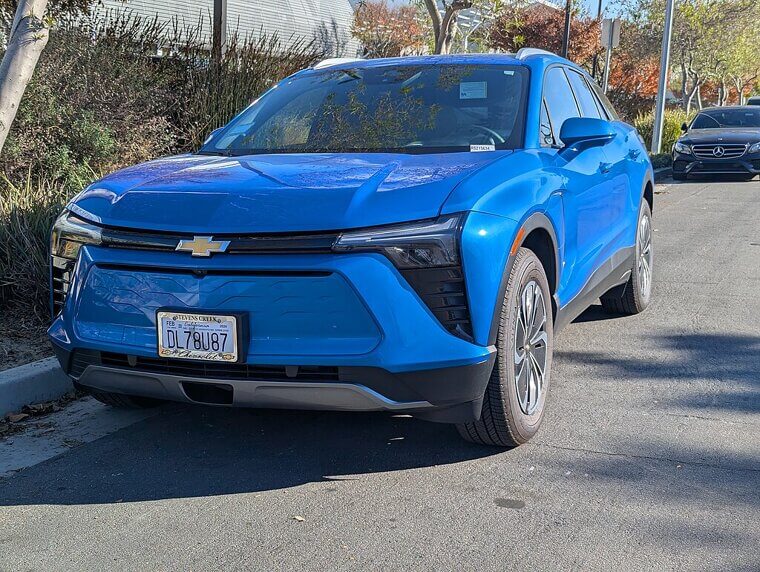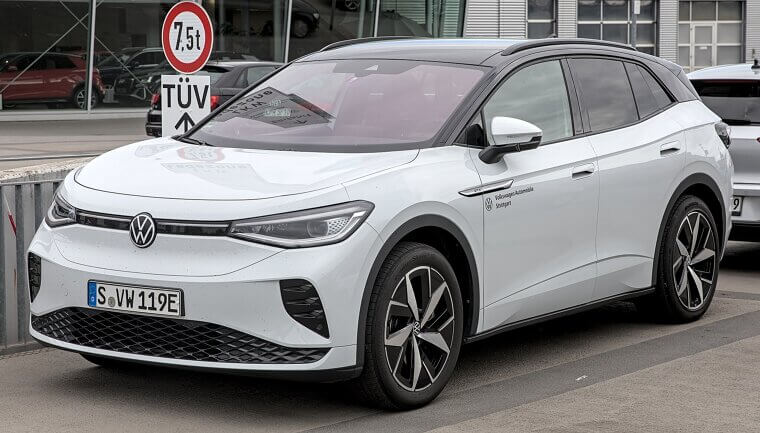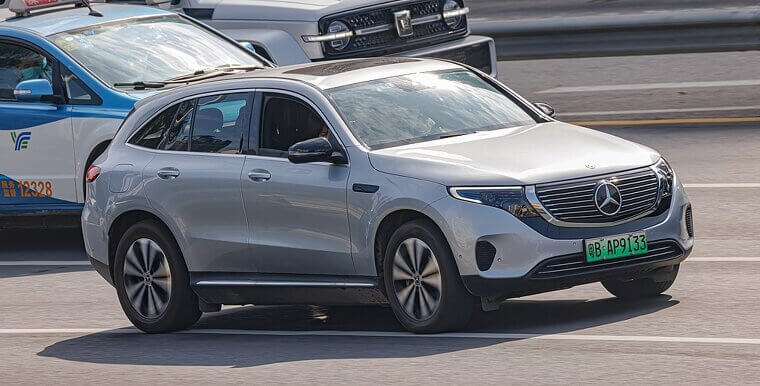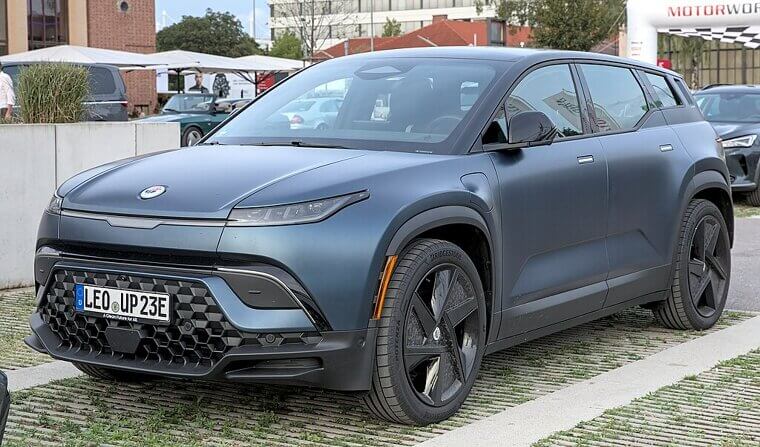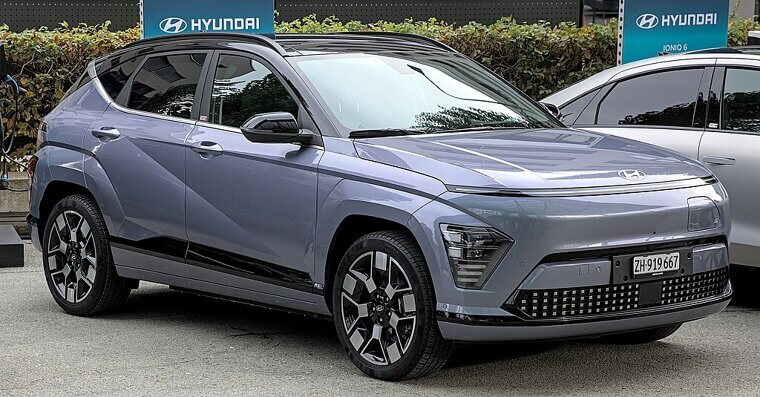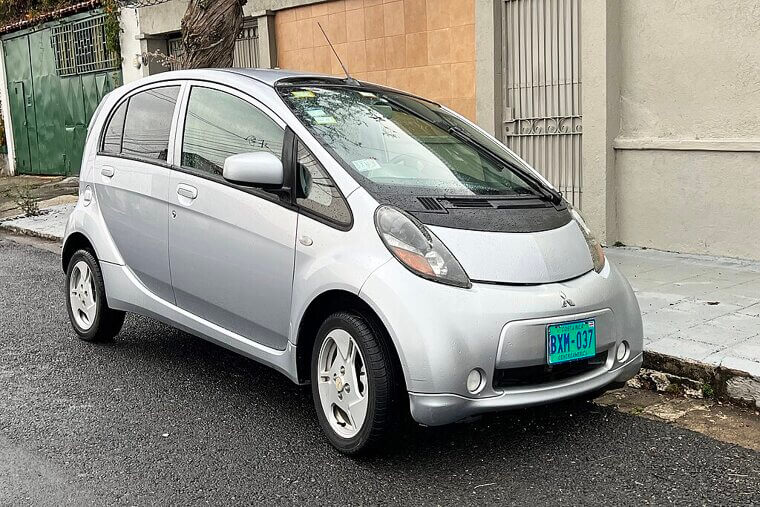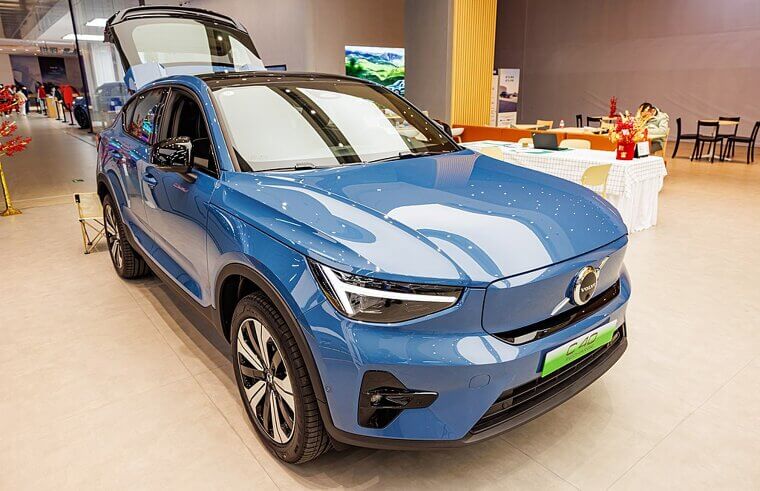The Electric Cars of 2025 That Are a Costly Mistake
Not all electric dreams are worth plugging into. While some EVs promise sleek speed and zero emissions, others leave you stranded at the charger (or worse, at the mechanic’s). These models in 2025 aren’t leading the charge - they’re draining your wallet faster than your battery.
Electric Ford Mustang Mach-E
Ford’s electric Mustang promised muscle but often delivers mediocrity. The range varies wildly depending on trim while software glitches have annoyed owners, and build quality feels inconsistent. It’s stylish, but when your EV pony car can’t quite keep up with Tesla or Hyundai rivals, the Mach-E feels more like Mustang Lite than Mustang Might.
Mini Electric Cooper SE
Charming design, zippy handling… and a disappointing range that barely covers a decent weekend road trip. The Mini Electric SE is delightful for short city hops, but anything longer quickly becomes range-anxiety bingo. Quirky appeal only goes so far, because when your EV is out of juice, cute headlights won’t get you home.
Chevrolet Bolt EV
The Bolt once lit up the EV market, but by 2025 it feels like yesterday’s news. With limited range compared to competitors and a history of battery recalls that left owners twitchy, it’s hard to trust. It’s comparatively affordable, but cheap doesn’t always mean cheerful, especially when rivals offer more mileage and tech.
Audi Q8 Sportbacki E-Tron
The e-Tron should have been Audi’s electric crown jewel, but instead it’s an energy hog in luxury clothing. Its range lags behind cheaper competitors, and its charging efficiency often leaves drivers grumbling. Factor in the hefty price tag, and you’re left with an EV that looks premium but drives like a compromise.
2025 Nissan Leaf
The Leaf was the gateway drug to electric driving, but now it’s a relic. Its modest range looks questionable against modern EVs, and its charging speeds remain glacial. Add in a cabin that feels more “rental car chic” than futuristic, and you’ve got an EV that belongs on a museum floor rather than your driveway.
BMW I3 Premium Electric
It’s quirky, yes, but practical? Not so much. The i3’s funky design still looks like it rolled out of a sci-fi IKEA catalog, but it offers cramped space, middling range, and underwhelming performance. BMW has essentially abandoned its oddball hatchback, leaving owners feeling like they bought a discontinued app: obsolete, unsupported, and kind of embarrassing.
Jaguar I-PACE SUV
The I-PACE launched to fanfare, but years later, it’s stumbling. With middling range, dated tech, and software gremlins galore, Jaguar’s first EV feels more like a proof-of-concept than a polished product. The price screams luxury, but the ownership experience often whispers frustration - hardly the purr you’d expect from a brand built on sleek performance.
Chevrolet Blazer EV LT 2025
GM hyped the Blazer EV as a sporty, futuristic SUV, yet early reliability issues and clunky software have torpedoed confidence. Charging infrastructure support is inconsistent, and its premium price doesn’t match the headaches. Buyers expecting a sleek electric Camaro cousin may feel more like they’re stuck with a malfunctioning gadget on wheels.
SUV Volkswagen ID. 4
Volkswagen pitched the ID.4 as its people’s EV, but its execution is wobbly. Its range is fine but unremarkable, software glitches remain persistent, and driving dynamics lack spark. It’s practical, but painfully bland - like ordering fast food without the fries. In a market brimming with personality-packed EVs, the ID.4 risks being forgettably beige.
Mercedes-Benz EQC SUV
The EQC was meant to electrify Mercedes’ luxury lineup, but it feels strangely half-charged. Its range underwhelms, its styling blends into anonymity, and its weight dampens driving joy. At a premium price, “good enough” doesn’t cut it. In 2025, the EQC looks more like a cautious experiment than the electric revolution Mercedes promised.
Crossover SUV Fisker Ocean
The hype around the Fisker Ocean was tidal, but in reality it was just a storm in a teacup. Early quality concerns, shaky financial footing, and unfulfilled software promises make it a risky purchase. Slick marketing aside, the Ocean is less about making waves and more about leaving buyers stranded if the company sinks.
Mazda MX-30 SUV
Mazda’s MX-30 looks stylish; however, the battery range is laughably tiny - often under 100 miles. That’s less “electric freedom” and more “don’t stray too far from home.” Its quirky doors can’t distract from the impracticality, making it one of the strangest half-hearted EV entries in the market. It’s fun, but functionally frustrating.
Hyundai Kona Electric Subcompact SUV
The Kona Electric once punched above its weight, but rivals have since lapped it. Its range feels modest now, charging speeds are sluggish, and interior space is tight. While affordable, it’s quickly becoming the “budget airline” of EVs; you’ll get there eventually, but not without wondering if you should have spent a little more for a better ride.
Mitsubishi I-MiEV Subcompact Electric
The i-MiEV’s one of the OGs of the EV world, but absolutely prehistoric by 2025 standards. Its micro-car charm and simplicity can’t mask the dreadful range, pokey performance, and lack of safety tech. Driving one today is like logging into dial-up internet: nostalgic, but why suffer when modern alternatives exist? It’s time it retired.
Volvo C40 Recharge Pure Electric Crossover SUV
Volvo nailed safety, but the C40 Recharge comes up short in efficiency and charging speed. Its coupe-SUV styling sacrifices practicality, while the price tag feels inflated compared to rivals with more range and tech. Despite being elegant and comfortable, iin the fiercely competitive EV arena it risks becoming stylish dead weight.

